Bolivar plaza. This typical Spanish-style plaza is tinged with
tropical vegetation was during the Colony the heart of Cartagena de Indias. It was called Plaza de la Inquisición until November 11, 1896, when the center of the square was adorned with the statue of El Libertador Simón Bolívar in honor of him. This urban space is an emblematic site of the city, loaded with historical and cultural symbolism.
The first name it received was Plaza de la Catedral since it adjoins the main temple in Cartagena. Then in 1610, when the Court of the Inquisition was established in Cartagena by the royal Decree of King Felipe III, it adopted the name of Plaza de la Inquisición, since it was the scene of the first Auto de Fe or sentence for heresy ordered on February 2 of 1614 by the inquisitors Juan de Mañozca and Pedro Mateo de Salcedo.
For the year 1890, the organizing board of the commemorative festivities of the Independence of Cartagena arranged that the bullfights take place in said square. But with no fences, the idea became a public danger. The determination was revoked after a bull charged a citizen, who emboldened, challenged the fighting animal.
Later, on November 11, 1896, the equestrian statue of “the Liberator” Simón Bolívar was inaugurated in the middle of the square. Then the Cabildo decided to change the shadowy name of the Inquisition to Plaza or Parque de Bolívar.
This square is framed by the Palace of the Inquisition, the cathedral, and the town hall (today the Government of Bolívar), that is, by the most important institutions that the city had in colonial times. Currently, they also share its framework, the Banco de la República and the Cartagena Gold Museum.
It has green and paved areas, has a variety of trees, within its furniture it has benches, water fountains, and other typical elements found in a public space like this.
Today, this Plaza de Bolívar is a gathering place for the people of Cartagena and long games of chess, which are played under the shade of its leafy trees.


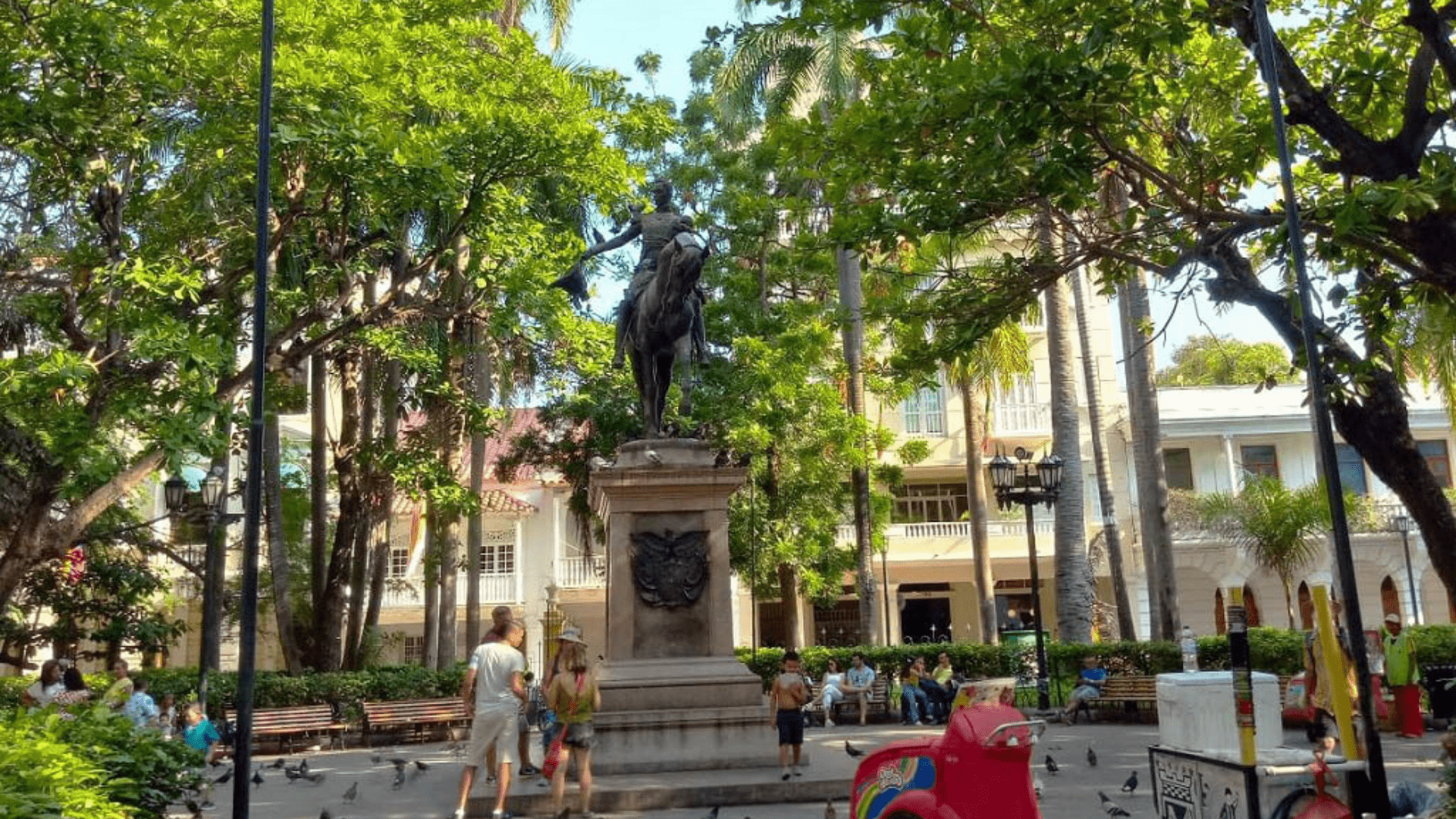
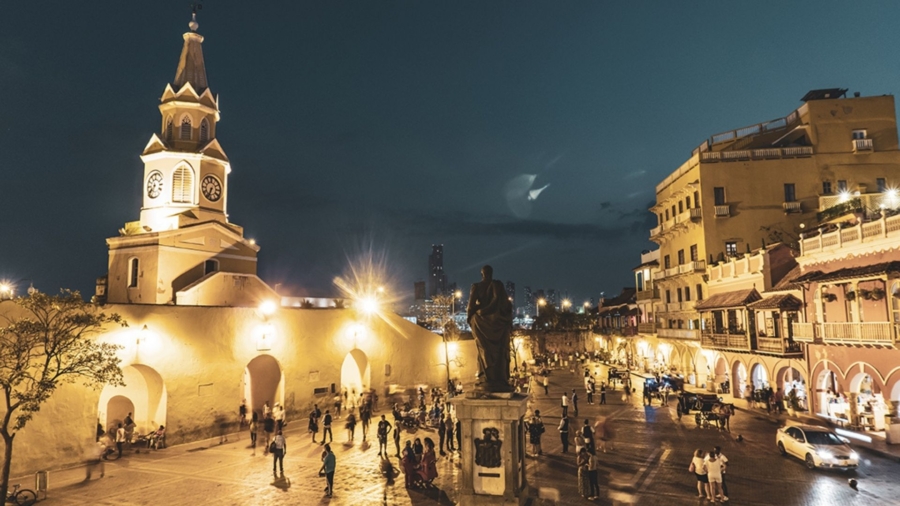
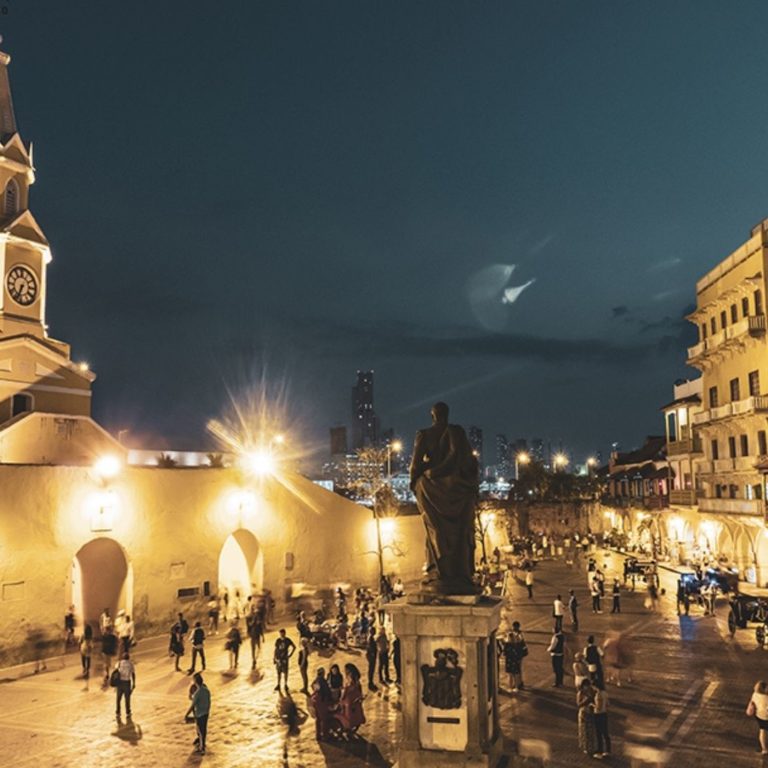
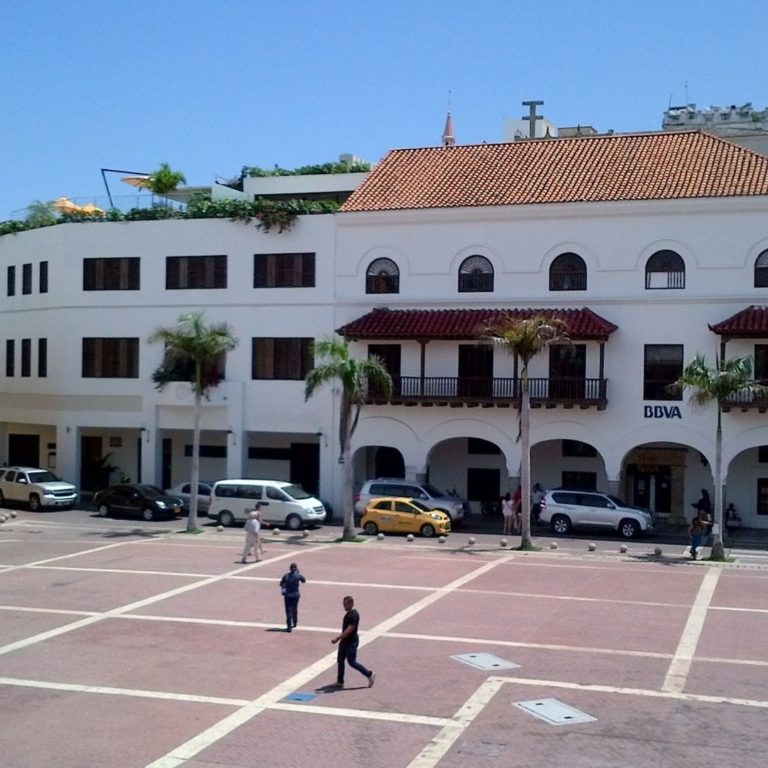

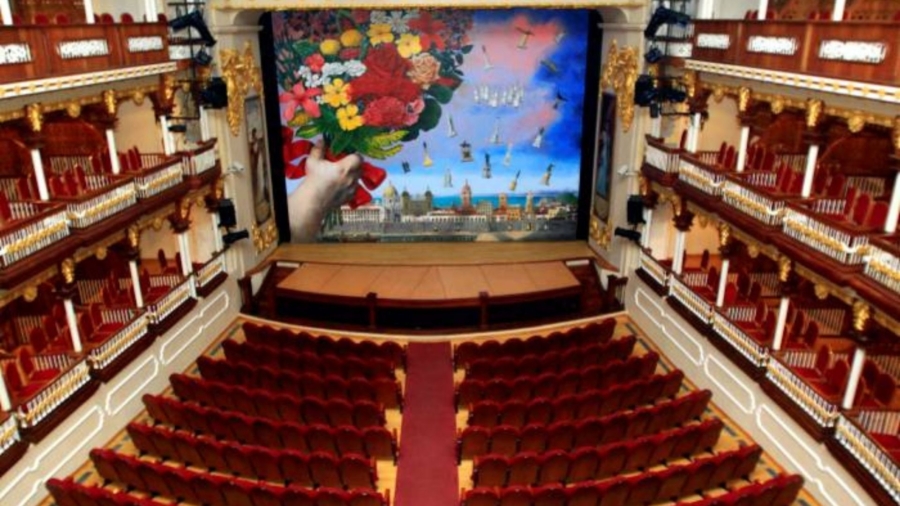

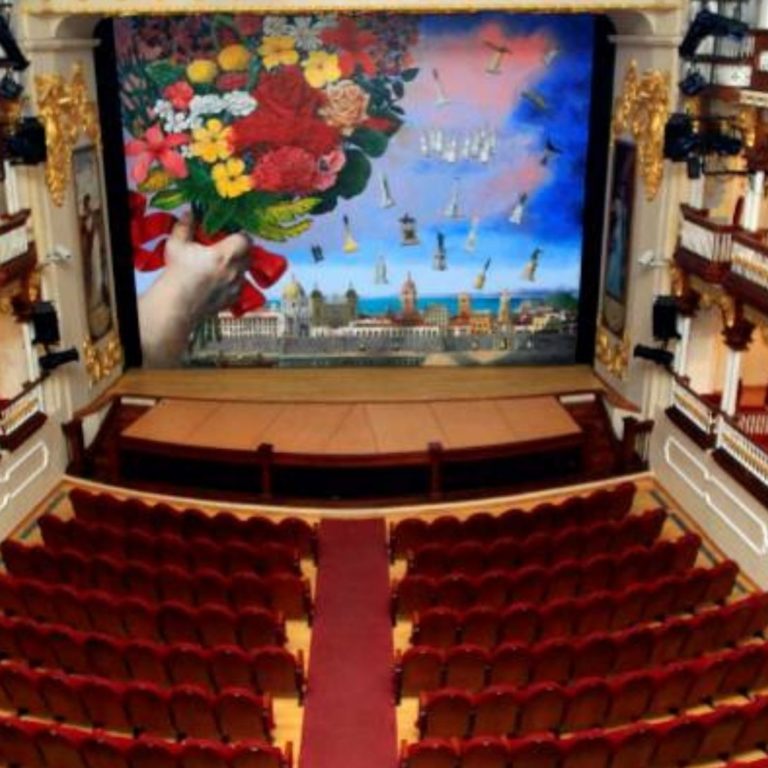

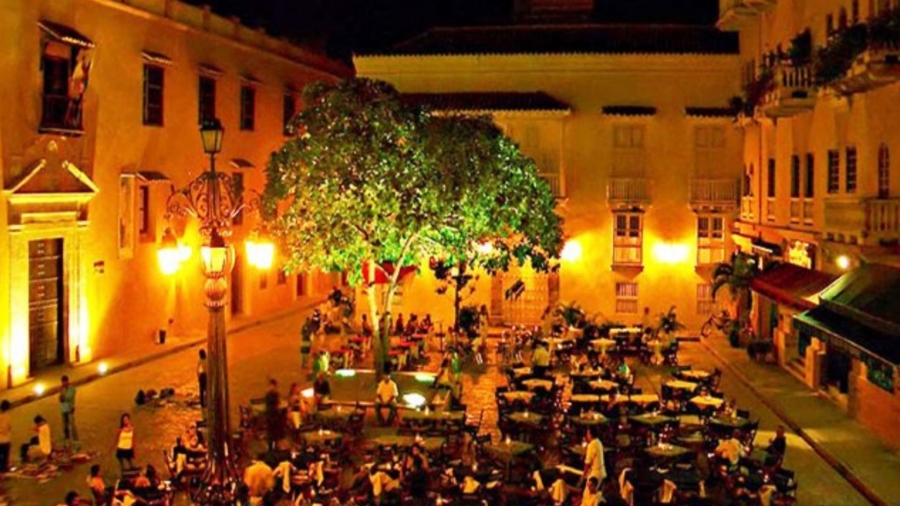


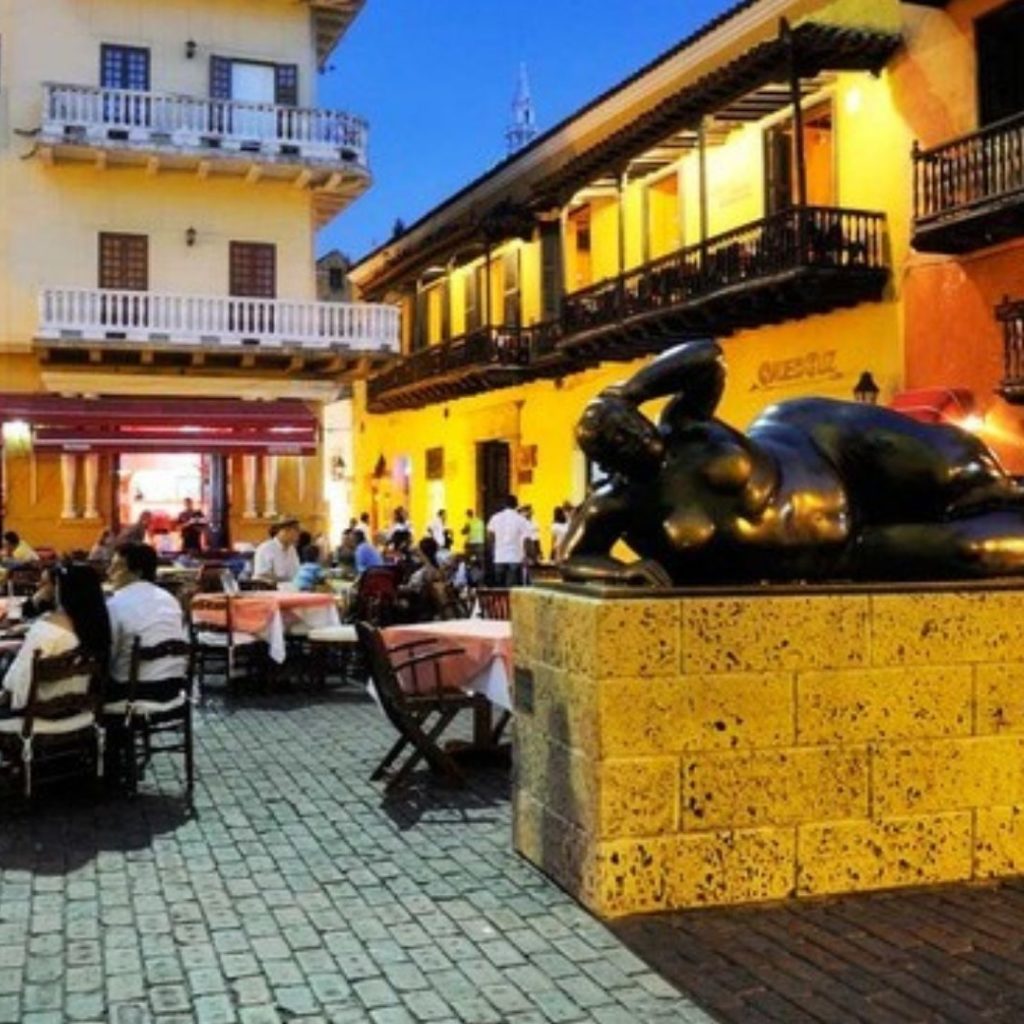
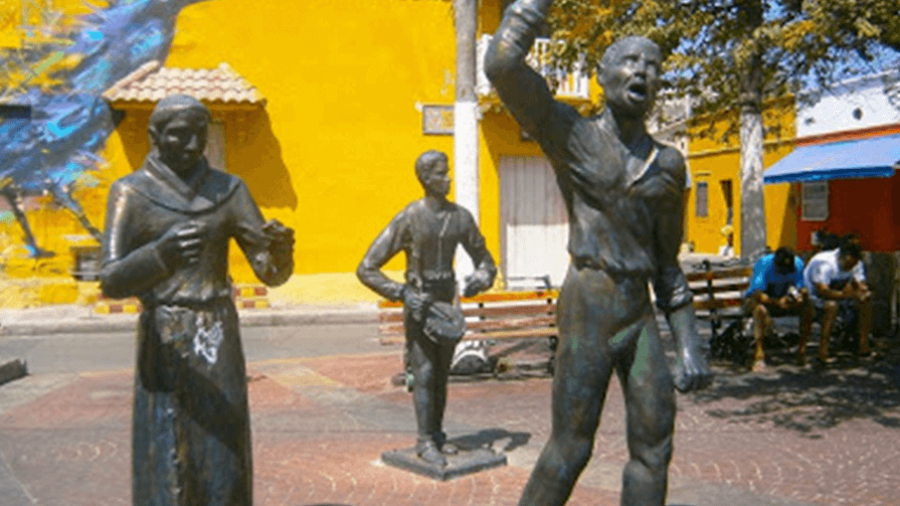
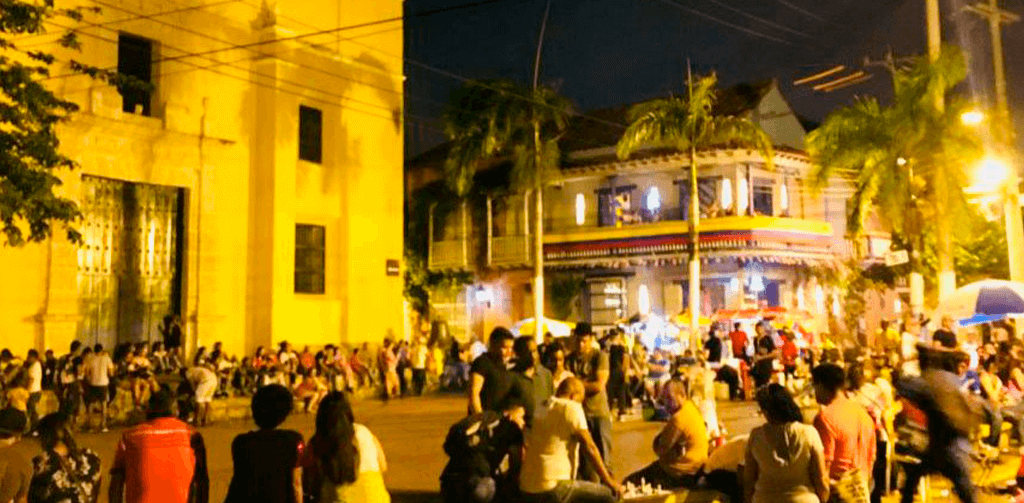
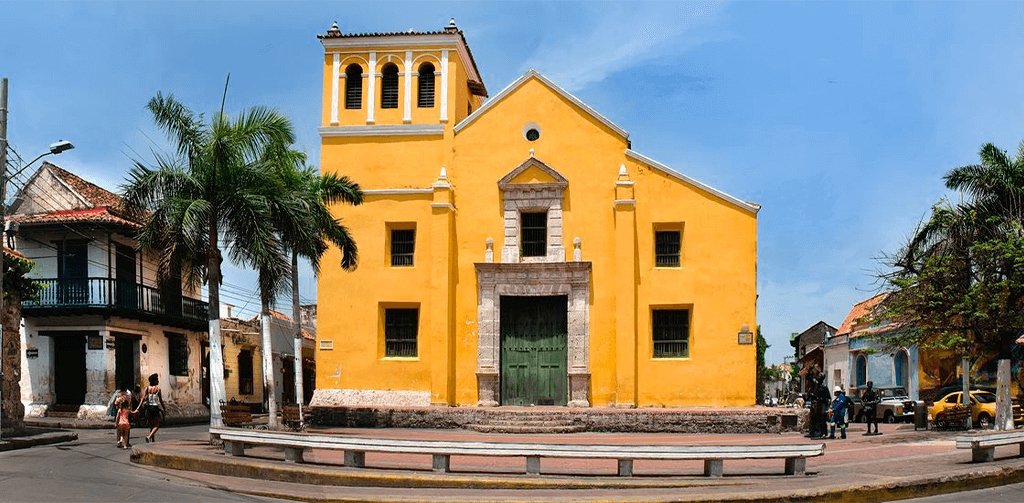
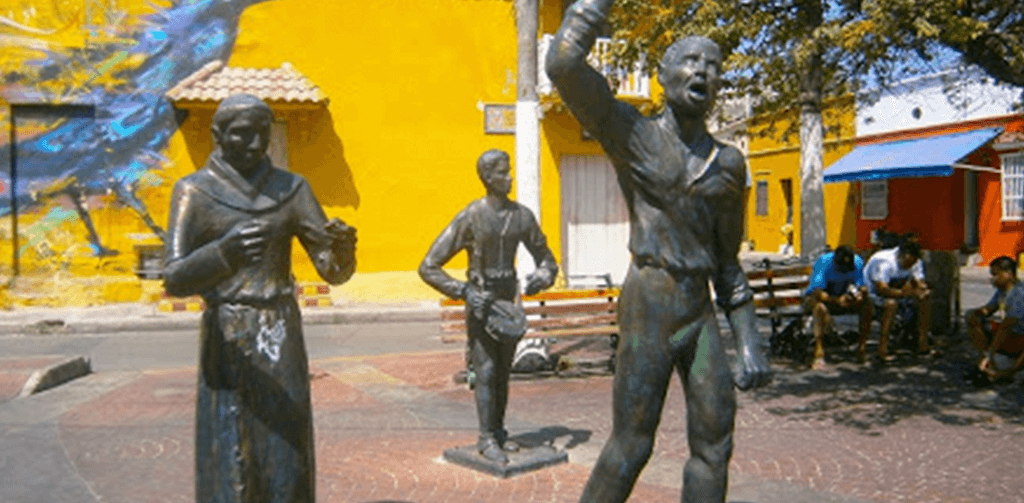

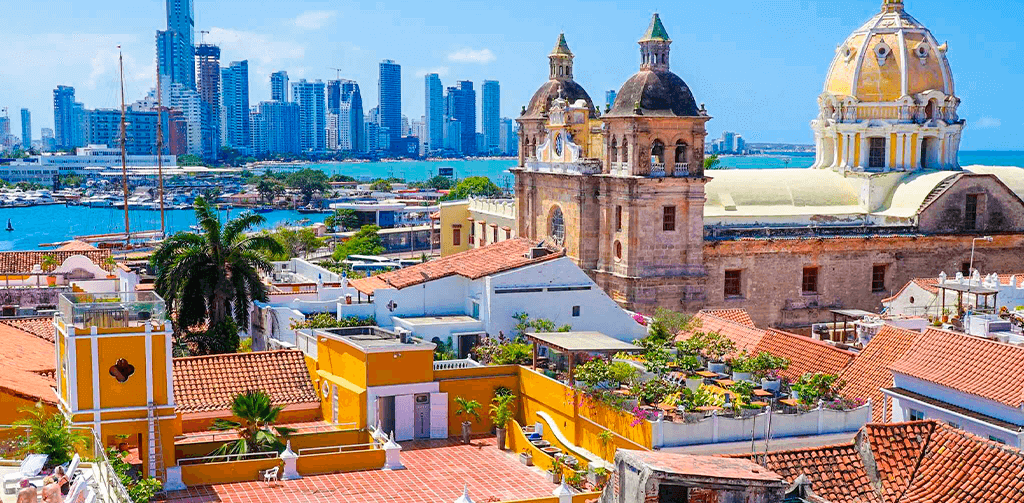
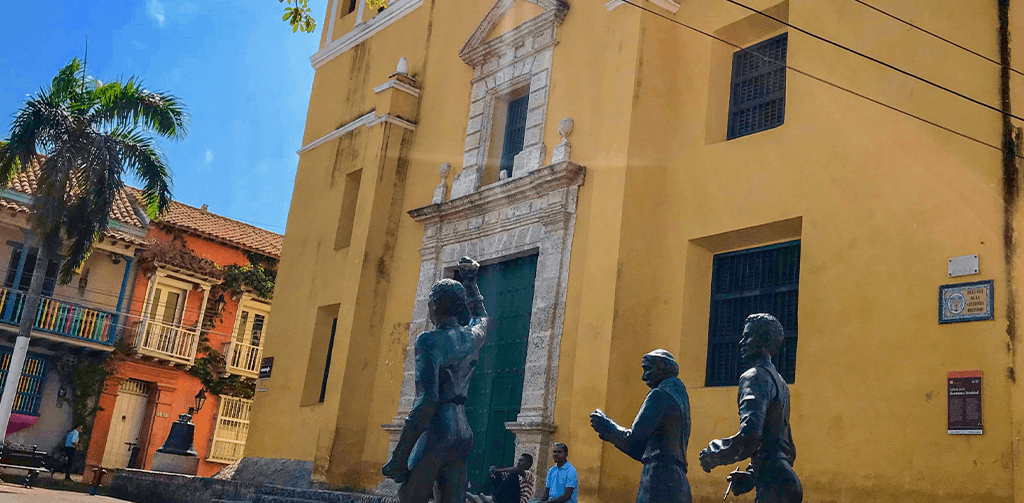

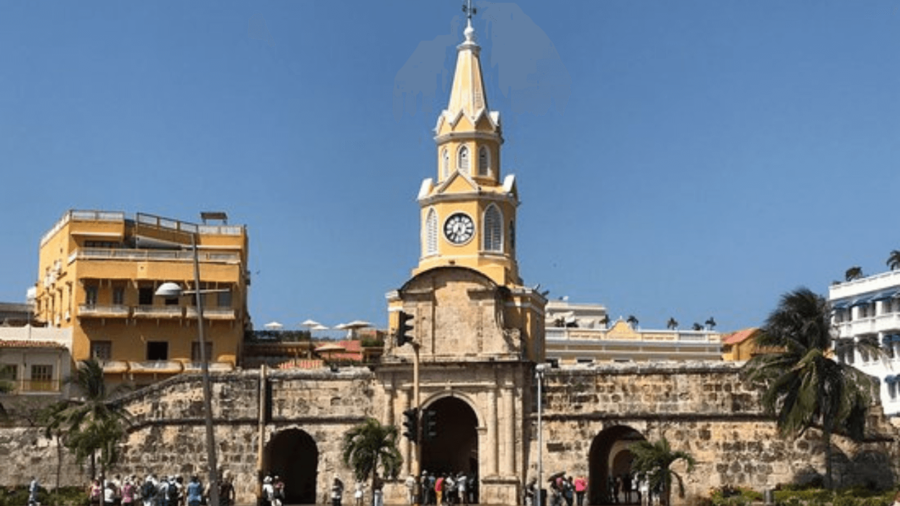
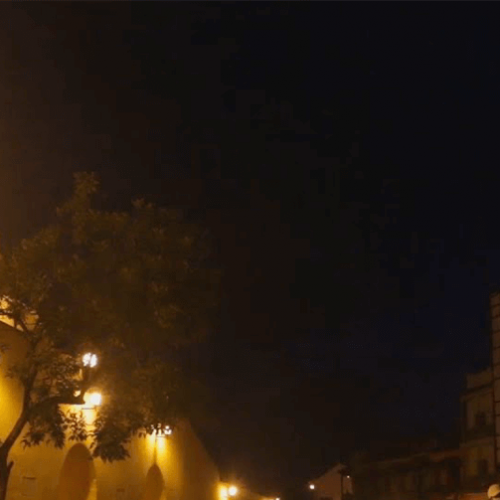

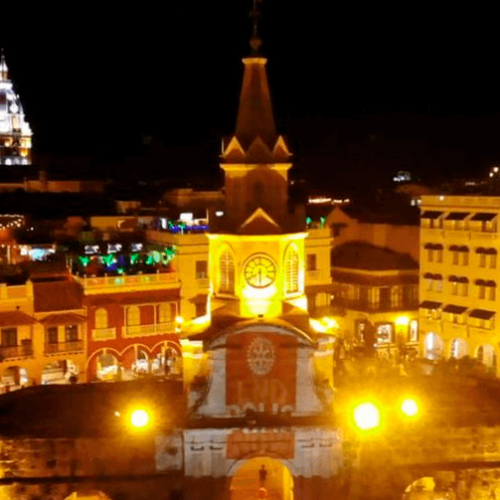

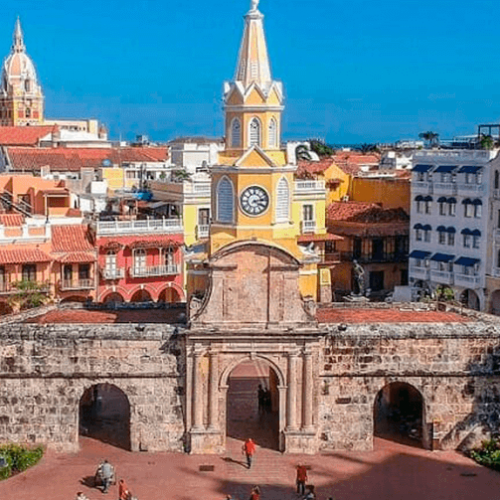
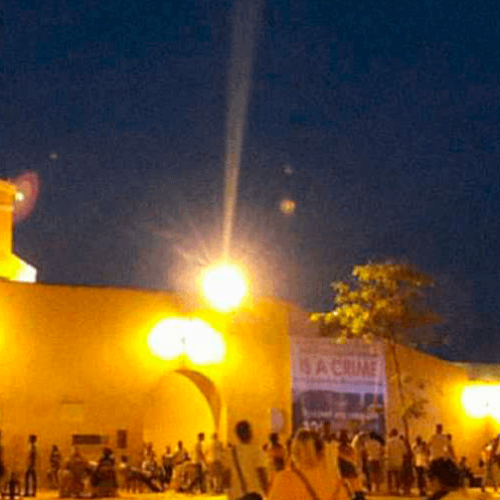
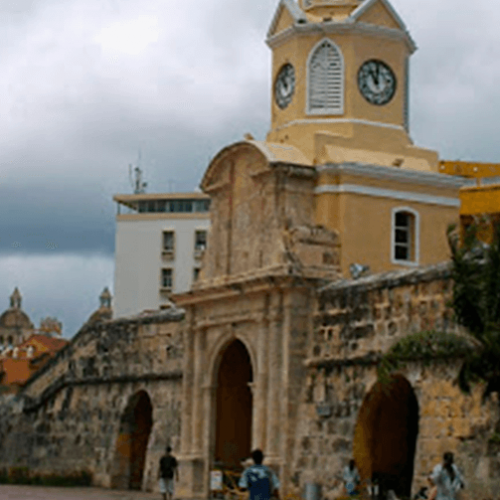
 WhatsApp us from your phone
WhatsApp us from your phone